How to Direct Your Subject Indirectly in Travel Photography
![]()
When shooting travel photos, it’s very tempting to direct your subject and stage your composition. A lot of people are very happy to be photographed and even happier to be able to make a few bucks being your subject.
I Believe Staging Travel Photos is Wrong
If your goal as a photographer is to improve and develop your creativity, then you probably shouldn’t be staging anything. You should make things difficult because it’s when things get tougher that you actually learn something. Get out of your comfort zone.
But of course, I’m the type of photographer who gets very close and interacts with my subjects. I like to get to know the people I photograph, not only for the fun of getting to know and understand the people and culture in different locations, but also to be aware of the surroundings of my subjects and come up with better compositions.
By getting close and interacting with my subjects I am able to communicate, with language or signs, and something magical happens. If you know just a little about human behavior you will be able to direct your subject indirectly. Let me explain…
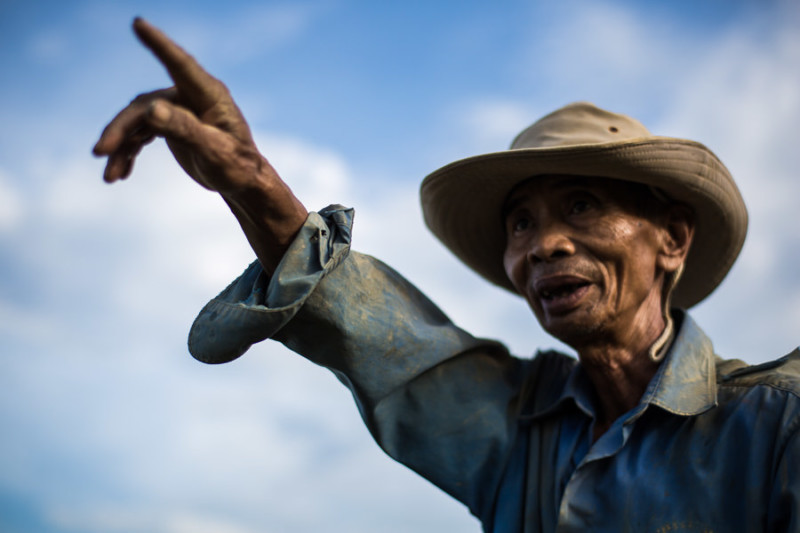
I like to be in control of my scene, that means being aware of where my light comes from and what potential background/foreground I can use. You need to spend a good amount of time finding them before you can focus attention on your actual subject.
Once I have found these elements I will know how I should approach my subject. For example, to keep the light where I want it to be and to have the background I want to have sometimes means approaching my subject from behind. This is when the directing starts.
If I interact, talk and gesture, if I communicate with my subjects, they will naturally turn to face me. This is a very basic human behavior: people tend to look at the people they are talking to if they are not too busy doing something. This is especially so in less visited places (where people are even more curious about travelers). Pretty simple theory so far.
By communicating you can already direct your subjects and control the environment around them.
But we can push this even further.
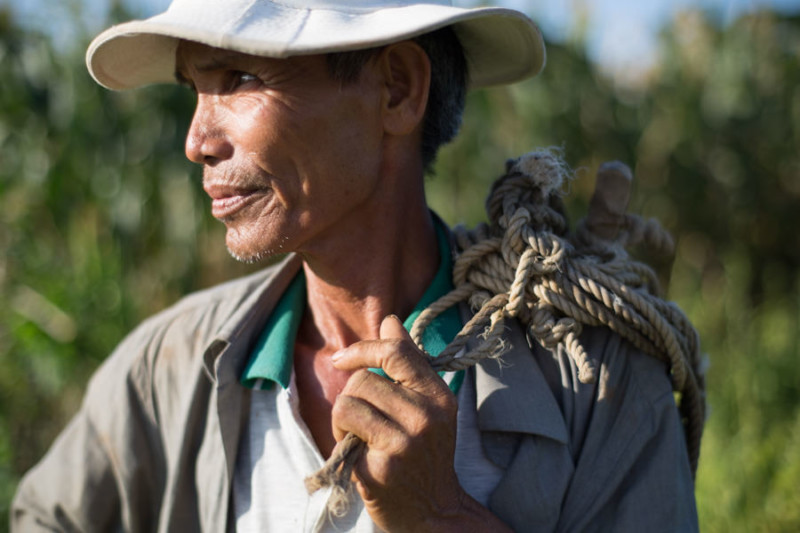
It often happens that once I am standing in the right spot, meaning the light and background are just as I want, my subject is not looking where I want. It could be because my subject looks too stiff and is staring straight at the camera (people tend to pose in Asia, it is a work of art to have them look natural) or because the light is not just right, and the face is a little too dark in its current position.
So I will keep interacting with them, and that often means interacting with them while I am aiming with the camera. This can be a bit awkward when using a DSLR and talking to them while framing, but it becomes easier if using a mirrorless and having the camera a bit below my face.
Now here’s something else to understand about human behavior: people tend to look in the direction of what they are talking about.
If I need my subjects to turn towards the light I will ask them about the weather. If I need them to look in a certain direction, I will ask them about something that is happening in that direction. Do you have fruit in your garden? How many cows do you have? What do you think about the weather today?
Very often this small talk is related to the weather. But you can use anything around your subject, including their friends and colleagues, their jobs and activities, etc. Anything, really.
Sometimes, when the verbal or body language isn’t enough, I will point to the direction I want them to face but I make sure I am doing it in the context of a discussion, as I really want to avoid the staged, “please look over there”.
Spending time with your subject, getting to know them and letting the scene develop can all be done while chatting (or gesturing). Once you’ve found that angle or composition, wait for the decisive moment and the magic happens. Knowing how to direct your subject when this moment happens can make an otherwise average image something truly special.
Here are some examples of images I have shot using these techniques, and what I told my subject to indirectly direct them.
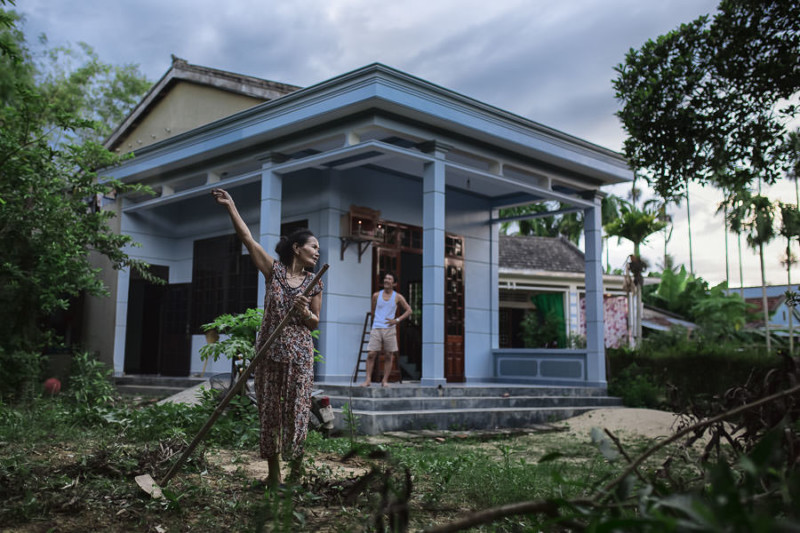
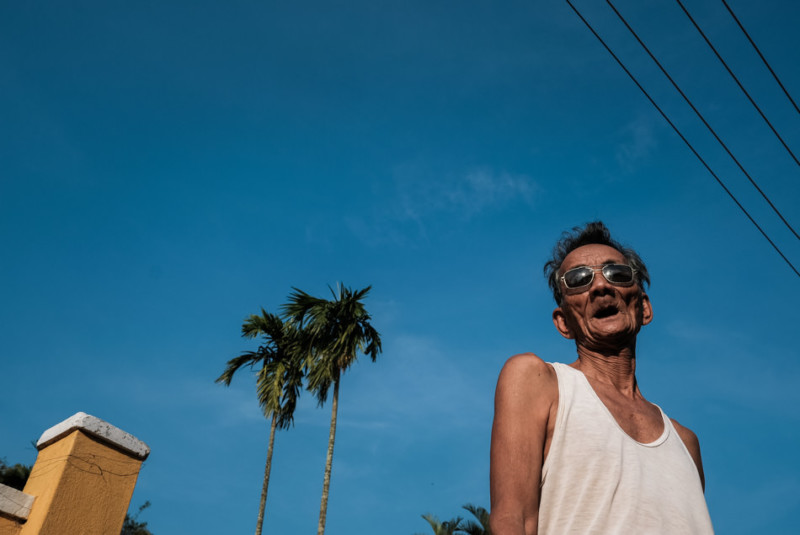
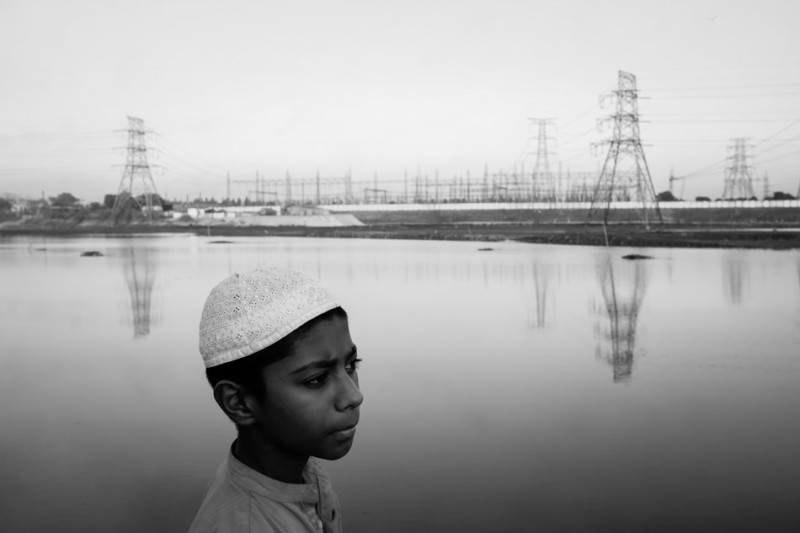
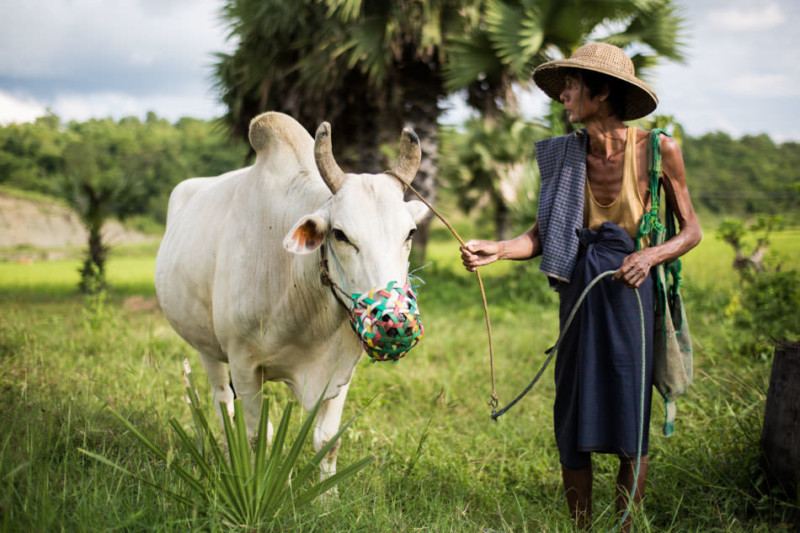
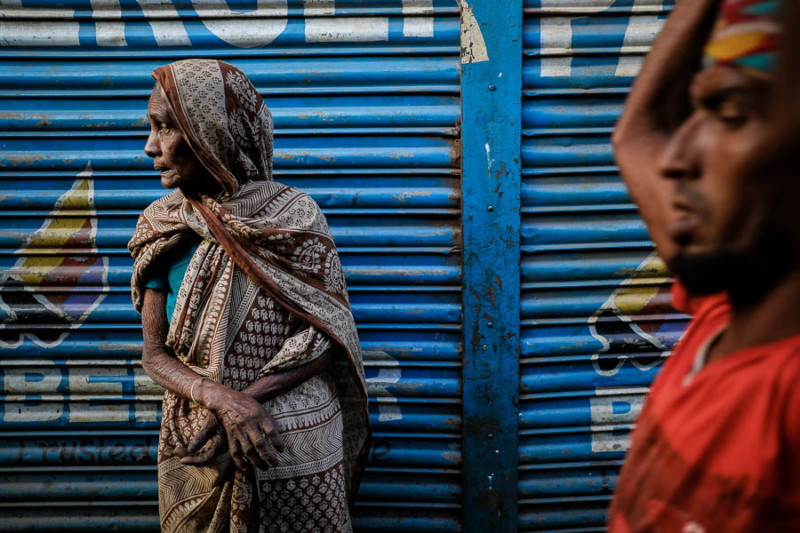
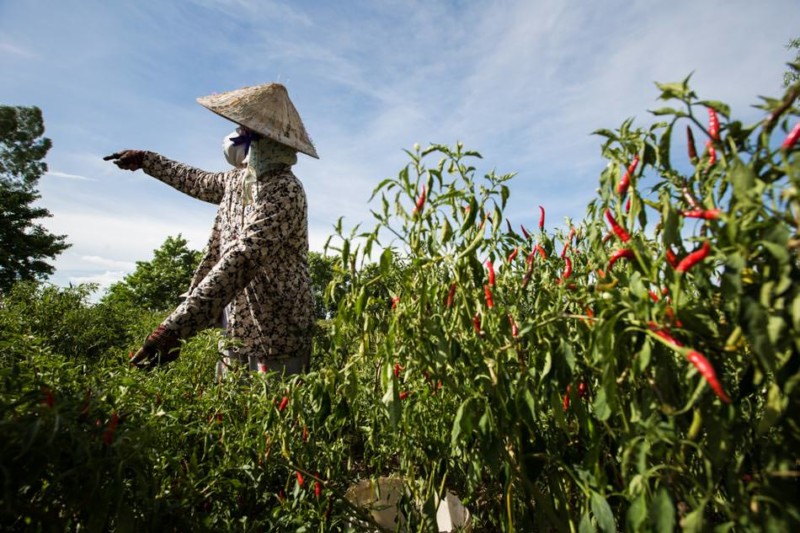
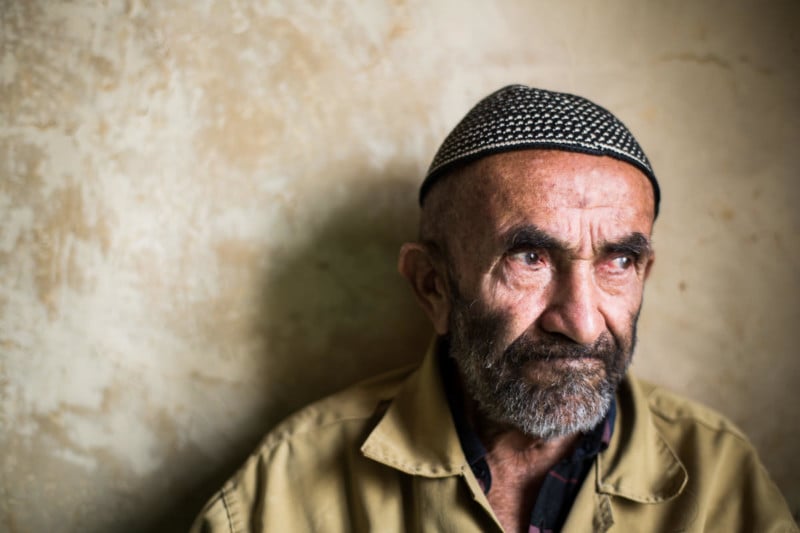
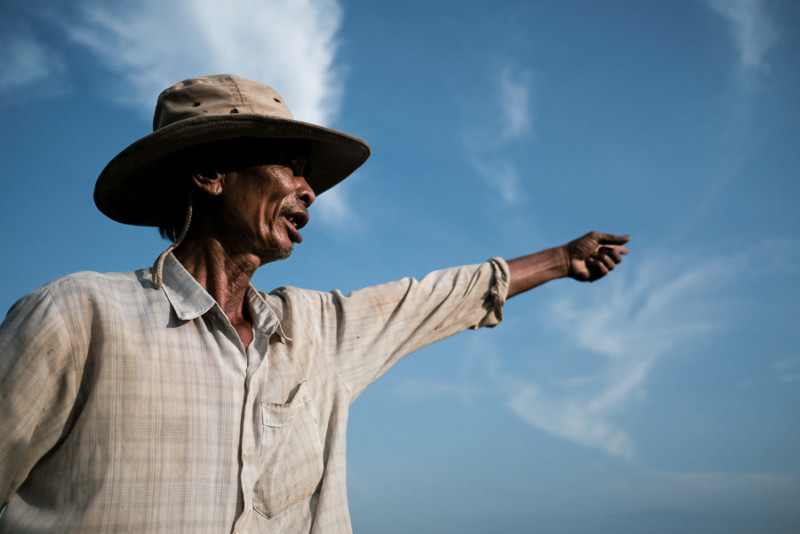
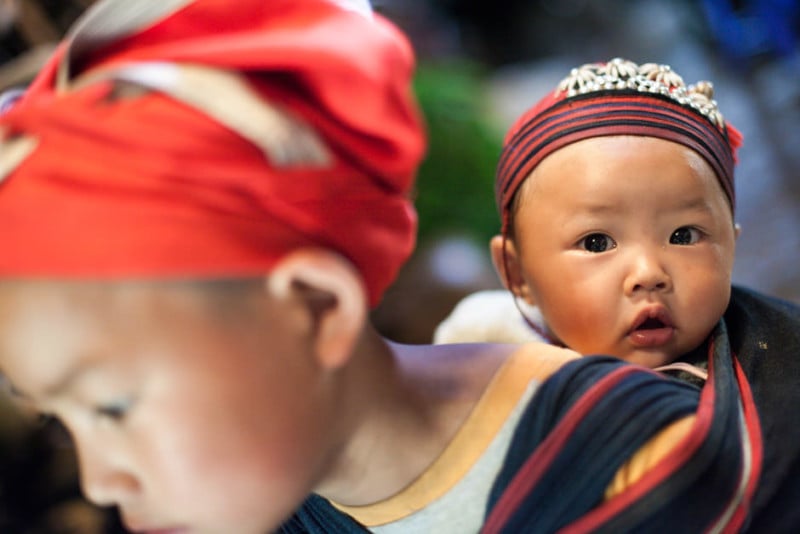
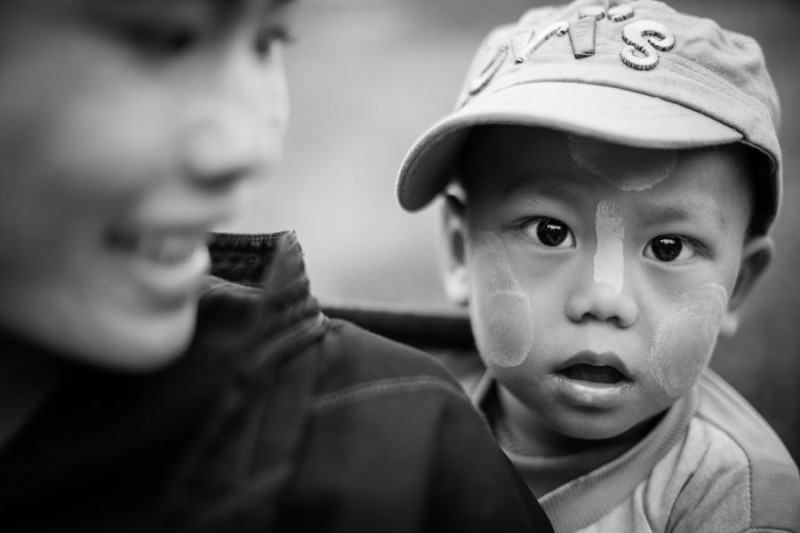
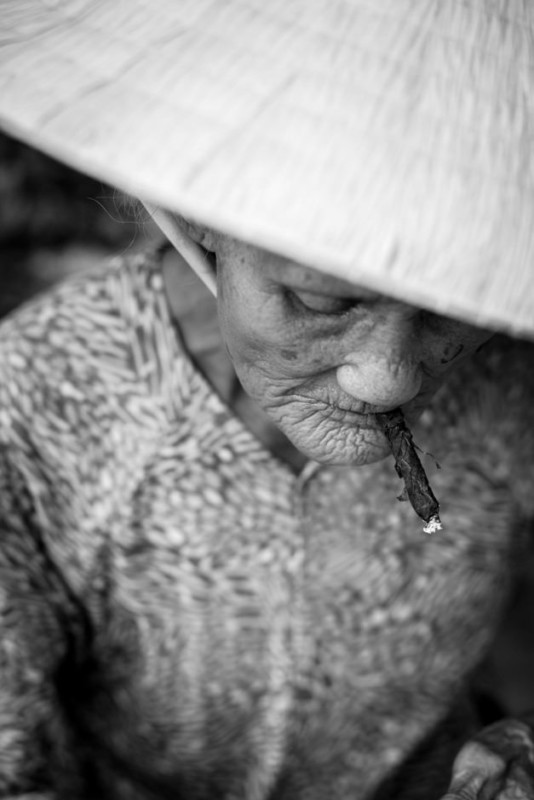
About the author: Etienne Bossot is a travel photographer based in Asia. You can find more of Bossot’s work and writing on his website, blog, Twitter, Flickr, and Facebook. This article was also published here.